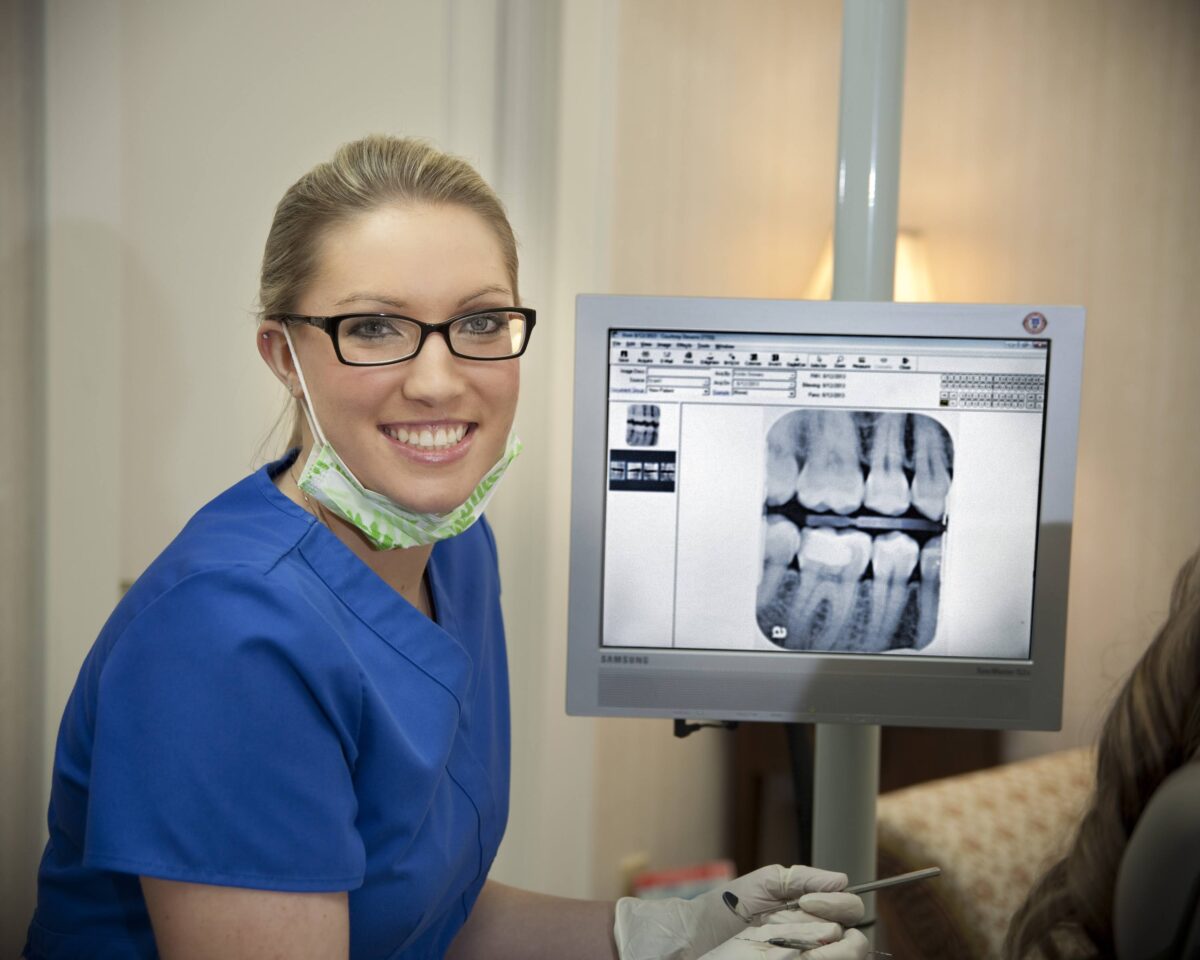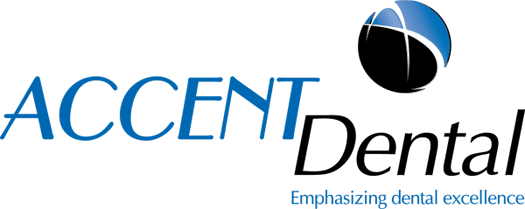An Overview of Dental Technologies for Professional Dental Work

Dentists invest in a lot of technology for their work. Dental technologies help provide timely and accurate diagnoses as well as appropriate and comfortable treatments. Below are some of the technologies you are likely to find in a dental practice.
Intra-Oral Cameras
Dentists use small intra-oral cameras for visual inspection of the oral cavity. These cameras can comfortably fit inside your mouth and are helpful because:
- The dental examination can be uncomfortable if you have to open your mouth for an extended period of time.
- The dentist’s eyes cannot see all the corners of your mouth with the naked eye.
- The camera can take photographs of your mouth for future analysis.
For example, the dentist may use the camera to inspect sores at the roof of your mouth or crevices between your teeth that require thorough cleaning.
Digital X-rays
Dentists use x-rays to view images inside your mouth, such as your tooth root and jawbone. Traditional x-rays capture images for display on x-ray films. Digital x-rays display their images on digital media, such as a computer screen. Below are some benefits of digital x-rays:
- The procedure produces less radiation than analog x-rays.
- A dentist can store digital images easier than analog images and share them with your doctor if needed.
- The digital images are clearer than analog images.
Many dentists have invested in digital x-rays to diagnose and treat deep-tissue problems.
CAD/CAM
Dentists use computer-assisted design (CAD) and computer-assisted manufacture (CAM) technology to design and manufacture custom dental restorations. This technology allows dentists to create digital renders of your mouth, teeth, and even dental restorations. The same technology can produce exact replicas of the digital renders.
For example, a dentist can use CAD and CAM to produce a rendering of your mouth and eroded teeth that can then be used to produce dental inlays and onlays that perfectly fit the eroded teeth.
DIAGNOdent
A common problem with tooth decay is that the longer it lasts, the harder it is to treat. The common diagnostic techniques, such as the use of bitewing radiographs, are inadequate at early decay detection. Researchers work day and night to create technologies that can detect dental decay in its infancy.
DIAGNOdent is a relatively new technology that allows dentists to do just that. This technology involves the use of pulse and laser waves to detect deep-seated tooth decay. That way, the dentist can begin treatment before the decay causes significant damage to dental tissue.
Laser Dentistry
Lasers are focused electromagnetic radiation or light waves of a specific wavelength range. Laser treatment is beneficial because the radiation has the energy to penetrate and cut through both soft and hard oral tissues. Dentists use laser technology to:
- Reshape gum tissues with minimal damage
- Obtain internal images of soft or hard tissues
- Regenerate nerves or blood vessels
- Accelerate and intensify teeth whitening treatments
- Desensitize hypersensitive teeth
The non-invasive nature of laser technology means the treatments are comfortable and almost painless. Laser treatment sites also heal faster than treatments that involve more invasive procedures.
VELscope
VELscope technology is a light-based technology that dentists use to diagnose changes in oral tissues. The technology uses a specific wavelength of light to stimulate certain cells in the mouth. The stimulation allows dentists to detect cell changes that might signify emerging oral cancer.
Note that technology is just one aspect of the investments dentists make for their patients’ benefit. Dentists also invest in other areas, including regular training. Accent Dental has skilled and experienced dentists, and we promise you professional dental care when you visit us. Contact us for a consultation on any dental issue you may have.

